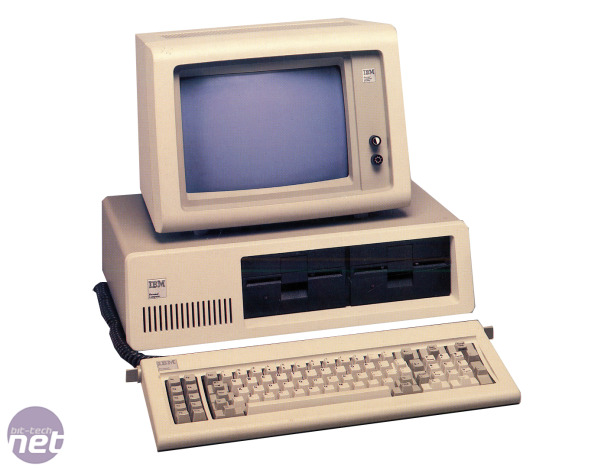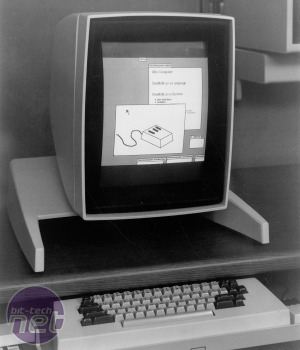Happy 30th Birthday, PC
If your motherboard has an old-school BIOS, rather than a swanky new EFI system, then try counting the number of character columns across the screen next time you’re fiddling in it. Alternatively, if you have better things to do than counting letters, and we assume that you do, then take our word for it that there are 80 columns. The reason for this is that there were also 80 columns on a standard punch card – the archaic paper-based storage media of early computers that was invented by Herman Hollerith in the 1880s.Along with many other parts of the PC architecture, this is a vestigial remnant of the original IBM PC 5150 from 1981; the machine that bridged a gap between the computing relics of yesterday with the PC as we know it today. ‘All green-screen terminals had 80 columns,’ explains Terry Muldoon, former IBM systems engineer (and now the museum curator at Hursley, following his retirement), as he shows us round the archive of relics at IBM’s UK headquarters in Hursley ‘because they were basically emulating a punch card.’
Computing was radically different before the advent of the personal computer. Large businesses with a computer system would generally have a mainframe computer, which would then connect to operator consoles, or terminals; the idea of having a whole computing system in front of you on your desk was an alien concept.
This isn’t to say that there weren’t experiments with personal computers before the IBM PC 5150. The future-looking technology gurus at Xerox PARC, for example, developed the Alto personal computer as far back as 1973, complete with a GUI-driven operating system.
However, only a few thousand were produced, as it wasn’t practical to mass-produce in a cost-effective manner. Likewise, IBM had dabbled with the idea of computers that were independent from a mainframe with machines such as the 5100 and 5110, but again the high cost made them unattractive to the mass market.
Meanwhile, Commodore had similarly experimented with the personal computer concept when it released the PET in 1977, as had Apple with the first kit-based Apple I, and later the Apple II. However, the market for the personal computer took a major turn into the mainstream world in 1981 when IBM launched the PC 5150.
‘This is personal opinion,’ says Muldoon, ‘but I think someone in IBM saw the rise of the personal computer when they saw machines such as the Apple IIC running VisiCalc. We had products such as ADRS, which was basically a mainframe spreadsheet, and I think they saw that this was often more capably done on a personal computer. We didn’t think we were going to sell many though. I remember the first year we sold 50,000 PCs in the UK, and we all said “Yes!” – we couldn’t believe it.’

MSI MPG Velox 100R Chassis Review
October 14 2021 | 15:04











Want to comment? Please log in.